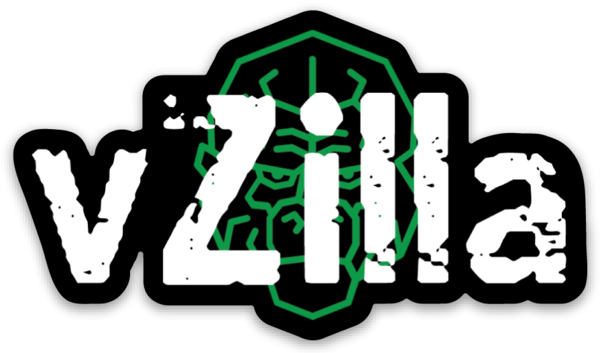This morning in the General Session at NetApp Insight 2017 in Las Vegas, NetApp announced ONTAP 9.3
In todays IT world that is ever-changing there are a number of issue areas that most companies are facing.
- Shrinking pool of admin resources
- Data Center costs
- Security
- Data mobility
These issues really play into the overarching vision from NetApp the Data Fabric by offering the following as well as ONTAP being able to aleviate some of the challenges above.
- Simplicity
- Automated Efficiencies
- Security Enhancements
- Performance Optimizations
FlexGroup Volumes
The first area that is worth mentioning is the FlexGroup volumes. FlexGroup volumes offer 2-6 times the performance for certain workloads. With 9.3 it brings some key feature advancements.
- Qtrees
- anti-virus support
- SnapVault
- QoS maximums
- SMB change notifications
- improved ingest heuristics

SolidFire to ONTAP snapmirror
The data fabric from NetApp is coming to fruition now, bringing snapmirror from ONTAP to the SolidFire platform. With ONTAP 9.3, you will be able to replicate from a SolidFire system to a NetApp destination. The source can be any SolidFire system, including the new NetApp HCI platform. Managed from the SolidFire GUI, ONTAP CLI or via ZAPI, in case you want to automate the snapmirror relationships. This is SolidFire to ONTAP only, but in the event of a disaster recovery event, you can fail back to the SolidFire system from ONTAP once the issue has been resolved.

Storage Effciencies
If we look back over the efficiencies and where NetApp have played in this area since 2010 and before. You can see how they are setting the table stakes.

NetApp have not sat still when it comes to getting more from your investment being able to be more efficient within your storage system without impacting performance.
Data Deduplication / Zero Elimination
- Volume Deduplication
- Inline (ON by default)
- Post-process (ON by default)
- Inline zero-block elimination (ON by default)
- Inline Aggregate Deduplication
- Inline (ON by default)
- Post-process (ON by default)
Data Compression
- Inline (ON by default)
- Existing data scanner
Data Compaction
- Inline (ON by default)
- Existing data scanner
*“All inline storage efficiency features are enabled by default on all AFF 9.3 volumes (new and upgraded)”
Quality Of Service (QoS)
Another feature coming in ONTAP 9.3 is more advancements around QoS, the ability to not only control the high-end workloads and make sure they control noisy neighbour workloads and assign performance to those high impact workloads.
So since ONTAP 8.2 you have been able to set the ceiling QoS on those volumes that hold important workloads but you have not been able to set a bottom line or a minimum. This changes in 9.3 the ability to set that high and min QoS.

That’s one thing to set the bottom and top of required IOPS for your storage but also being able to have adaptive is probably the innovative side of the QoS development from NetApp with ONTAP.
- Adaptive QoS policy lets performance (IOPS) scale automatically with storage (TB)
- Maintains performance (IOPS) of critical applications along with used or provisioned storage
- No need to constantly monitor performance levels when storage size changes – reduce OpEx
This won’t be all from NetApp these are just the key points that I believe are continuing to show that NetApp are still innovating within the storage industry.
